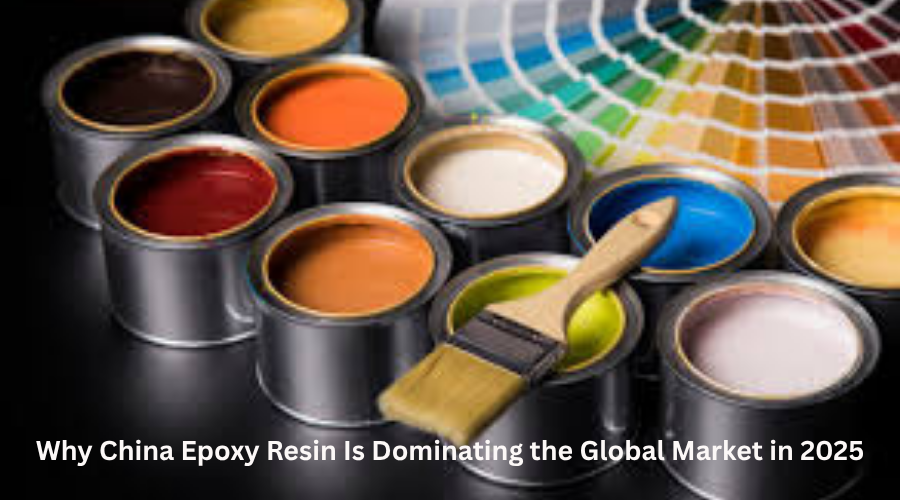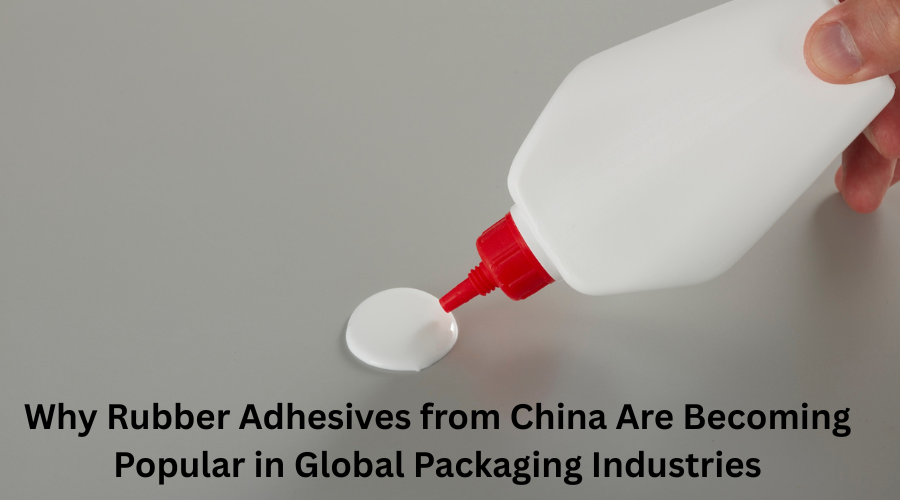Transforming The Role of Rubber Adhesives in Adhesive Manufacturing
- qinglongdatech
- Sep 30
- 4 min read

In the world of adhesive solutions, rubber adhesives have carved out a significant position due to their versatility, strength, and adaptability. From industrial use to everyday applications, their impact is undeniable. As industries evolve, manufacturers are constantly seeking innovative formulations that provide durability, sustainability, and efficiency. One major driver of this transformation has been the rise of china rubber adhesive, which has introduced cost-effective, high-performance options to global markets while pushing the boundaries of adhesive manufacturing.
Understanding Rubber Adhesives
Rubber adhesives are bonding agents derived from natural or synthetic rubber. They are formulated to deliver flexibility, resilience, and superior adhesion across a variety of surfaces. Unlike rigid adhesives, rubber-based solutions can withstand stretching, bending, and vibration, making them suitable for both industrial and consumer applications.
Types of Rubber Adhesives
Natural Rubber Adhesives – Known for their quick tack and strong grip, these are commonly used in packaging, tapes, and labels.
Synthetic Rubber Adhesives – Derived from materials like styrene-butadiene and nitrile rubber, these adhesives offer enhanced resistance to heat, oil, and environmental stress.
Pressure-Sensitive Adhesives (PSAs) – Designed to bond with light pressure, PSAs are widely used in medical products, automotive trims, and stickers.
The Evolution of Rubber Adhesives in Manufacturing
Adhesive manufacturing has transformed significantly over the decades. Rubber adhesives were once primarily used for simple packaging needs, but technological advancements have broadened their scope. Today, they play a critical role in automotive engineering, electronics assembly, aerospace, medical devices, and construction materials.
Modern adhesive factories focus on producing solutions that deliver:
Enhanced bonding strength across different surfaces.
Improved resistance to temperature fluctuations, chemicals, and aging.
Sustainable blends with reduced volatile organic compounds (VOCs).
This evolution is a direct response to industries demanding adhesives that not only perform but also align with sustainability goals.

Key Applications of Rubber Adhesives
1. Automotive Industry
Rubber adhesives are used in sealing, gasketing, and vibration damping in vehicles. They provide strong bonding for materials like metal, glass, and plastics while withstanding harsh driving conditions.
2. Electronics Manufacturing
In electronics, adhesives are essential for attaching components, insulating circuits, and enhancing durability. Rubber-based adhesives ensure that delicate components remain securely bonded even under mechanical stress.
3. Packaging and Labeling
Fast-setting natural rubber adhesives dominate the packaging industry, enabling efficient production of cartons, labels, and consumer packaging. Their flexibility and economic efficiency make them a preferred choice.
4. Construction and Infrastructure
From flooring systems to insulation panels, rubber adhesives offer resilience against moisture and structural stress. Their long-lasting properties make them ideal for large-scale construction projects.
5. Medical Applications
Medical devices require adhesives that are safe, hypoallergenic, and long-lasting. Rubber adhesives are used in tapes, bandages, and wearable devices that demand both comfort and strength.
Innovations Shaping the Future of Rubber Adhesives
The role of rubber adhesives in manufacturing is not just about bonding—it’s about enabling innovation. Several emerging trends are reshaping how adhesives are formulated and applied:
Eco-Friendly Formulations – Manufacturers are increasingly developing water-based and solvent-free rubber adhesives to reduce environmental impact.
Smart Adhesives – Adhesives with properties like self-healing, electrical conductivity, or thermal resistance are gaining traction in advanced industries.
Automation-Ready Solutions – With manufacturing shifting towards automation, adhesives are being designed for faster curing times and robotic application compatibility.
High-Performance Blends – By combining rubber with other polymers, manufacturers are creating adhesives with superior durability and broader application potential.
Advantages of Rubber Adhesives Over Alternatives
Flexibility: Unlike rigid adhesives, rubber adhesives can adapt to movements, making them ideal for dynamic environments.
Quick Bonding: Many rubber-based adhesives provide immediate tack, saving time in production.
Durability: They resist wear and tear, even under high stress or extreme temperatures.
Cost-Effectiveness: Rubber adhesives offer high performance at a competitive cost, which is especially beneficial in large-scale manufacturing.
Challenges in Rubber Adhesive Manufacturing
Despite their advantages, manufacturers face challenges such as:
Environmental Concerns: Some traditional formulations emit harmful VOCs.
Material Limitations: Rubber adhesives may not always perform as strongly on certain substrates like glass or metals without surface treatment.
Performance vs. Cost Balance: Achieving advanced properties often requires expensive raw materials or processes.
However, innovation continues to overcome these hurdles, making rubber adhesives a cornerstone of adhesive technology.
Why Rubber Adhesives Are Revolutionizing Manufacturing
The real transformation lies in how rubber adhesives empower industries to innovate. Their unique combination of adaptability, strength, and resilience ensures that manufacturers can fulfill the requirements of modern engineering while maintaining efficiency. With ongoing research and the integration of sustainable practices, rubber adhesives are not just keeping pace with global demand—they are shaping the future of manufacturing.
FAQs
Q1: What makes rubber adhesives different from other adhesives?
Rubber adhesives are highly flexible and can withstand stretching and vibrations, unlike rigid adhesives that may crack under stress.
Q2: Are rubber adhesives environmentally friendly?
Modern formulations are increasingly eco-friendly, with water-based and solvent-free options that minimize harmful emissions.
Q3: Which industries benefit the most from rubber adhesives?
Automotive, electronics, packaging, medical, and construction industries rely heavily on rubber adhesives for their durability and versatility.
Q4: Can rubber adhesives withstand extreme conditions?
Yes, synthetic rubber adhesives are designed to endure extreme temperatures, moisture, and chemical exposure.
Q5: How is technology shaping the future of rubber adhesives?
Advancements in polymer science are leading to adhesives with smart properties like self-healing, enhanced conductivity, and improved sustainability.
Conclusion
The function of rubber adhesives of rubber adhesives in adhesive manufacturing has expanded beyond simple bonding. Today, they are essential components that drive innovation, enhance durability, and promote sustainability across industries. From automobiles to medical devices, their applications are vast and continually evolving. With the growth of eco-friendly and high-performance solutions, rubber adhesives are positioned to revolutionize modern manufacturing and remain an indispensable part of global industrial progress.







Comments